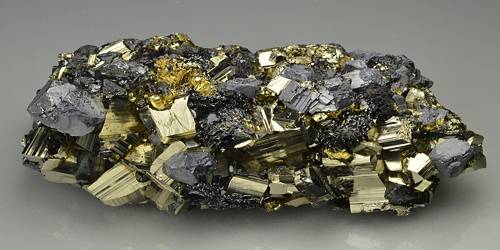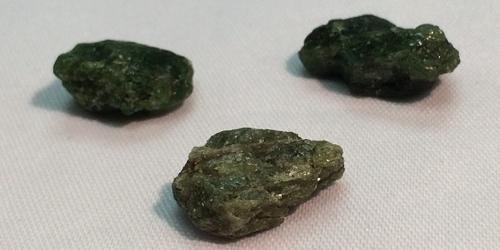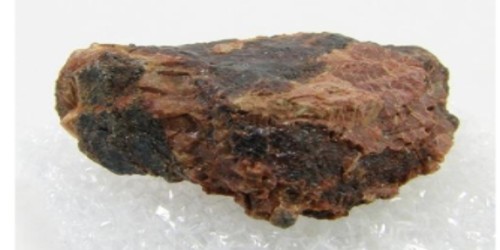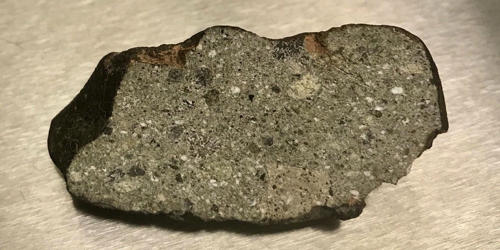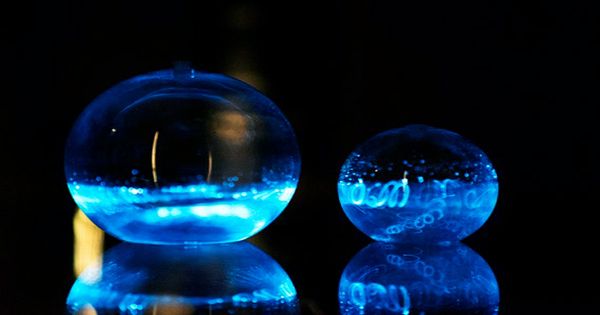Chalcopyrite is a copper iron sulfide mineral that crystallizes in the tetragonal system. It is a yellow crystalline mineral consisting of a sulfide of copper and iron. It is the principal ore of copper. It is a copper iron sulfide mineral, having a tetragonal crystal system. It was named after the Greek word chalkos, meaning copper, and pyrites, meaning strike fire.
Chalcopyrite ore occurs in a variety of ore types, from huge masses as at Timmins, Ontario, to irregular veins and dissemination associated with granitic to dioritic intrusives as in the porphyry copper deposits of Broken Hill, the American cordillera, and the Andes. It occurs in most sulfide mineral deposits throughout the world and has been the most important ore of copper for thousands of years.
General Information
- Category: Sulfide mineral
- Formula: CuFeS2
- Crystal system: Tetragonal
- Crystal class: Scalenohedral (42m)

Properties
Chalcopyrite can be identified in the field by its honey-yellow or brass-yellow variations, with a greenish-black streak, and metallic luster. It is non-fluorescent, with opaque properties. Its fractures are brittle, as shown by non-metallic minerals and glasses. It can be formed as euhedral crystals, with striated lines on the crystal face. The average density of chalcopyrite is 4.19 g/cm3, and its hardness is 3.5.
- Formula mass: 183.54 g/mol
- Color: Brass yellow, may have iridescent purplish tarnish.
- Crystal habit: Predominantly the disphenoid and resembles a tetrahedron, commonly massive, and sometimes botryoidal.
- Fracture: Irregular to uneven
- Tenacity: Brittle
- Mohs scale hardness: 3.5
- Luster: Metallic
- Streak: Greenish black
- Diaphaneity: Opaque
- Specific gravity: 4.1 – 4.3
It has the chemical formula CuFeS2. It has a brassy to golden yellow color and a hardness of 3.5 to 4 on the Mohs scale. Its streak is diagnostic as green tinged black.
Occurrence
Chalcopyrite occurs as a primary mineral in hydrothermal veins, stockworks, dissemination, and massive replacements, or as an ex-solution product in mafic igneous rocks. It can also be found as a sedimentary origin, controlled by redox conditions. Minerals such as pyrite, tetrahedrite, galena, sphalerite, and some of the copper sulfides, are closely associated with chalcopyrite.
Chalcopyrite may also be found in coal seams associated with pyrite nodules, and as disseminations in carbonate sedimentary rocks.
Information Source:
